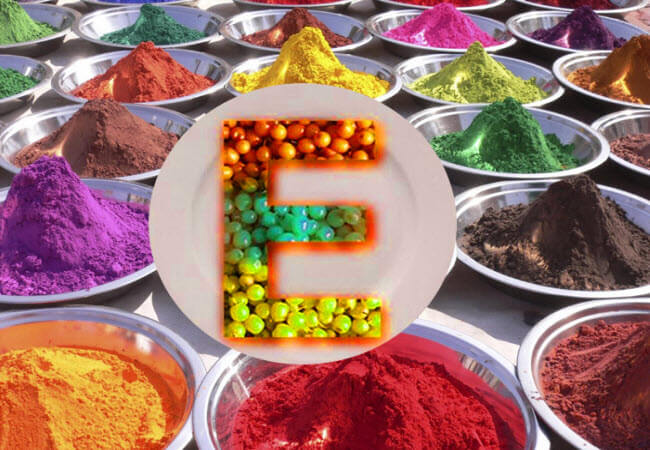
Hypersensitivity to E-additives in products can be strong, Norwegian scientists believe
0
Food additives in products are divided into main groups depending on their function, for example, preservatives, antioxidants, thickeners, dyes, sweeteners. As a general rule, E-supplements are safe for most people who suffer from allergies. They do not contain substances that most often cause allergic manifestations. But in some cases, they can cause an unwanted reaction due to the hypersensitivity of the body.
It is not about a “real” allergy, but about a special sensitivity, writes the website of the Norwegian Asthma and Allergy Association (NAAF). Hypersensitivity to food additives is more common in people with atopy (overreaction of the immune system to common allergens and irritating environmental factors).
How does hypersensitivity to E-additives manifest itself?< /h3>
The most common symptoms are skin reactions such as eczema flare-ups, skin redness, itching and hives. At the same time, the quantity of the product eaten or drunk is important, experts note.
Which E-supplements most often cause an unwanted reaction?
There are a number of substances, reactions which are found more often than others:
- sulfur dioxide and sulfides (E220-227) are preservatives that are usually added to dried fruits, sun-dried tomatoes, and wine. Studies show that up to 5% of asthmatics react to these substances;
- in some cases, dyes can cause an allergic reaction. This applies to both synthetic and natural. The list of the most common allergens includes carmine red dye (E120) and azo dyes E102, E112, E110, E122-124 and E15; among preservatives, benzoic acid and related compounds are most often used (E210, E211-213, E214-219). They have previously been reported to cause skin reactions or stomach discomfort;
- there have also been reports that the additives BHA (E320) and BHT (E320), which can be added as antioxidants to chewing gum, sometimes cause swelling of the lips and face;
- glutamic acid (E620) can provoke headaches, sweating and reddening of the skin.
In general, E supplements can be divided into three groups : conditionally harmless – made from plant extracts and natural products; conditionally dangerous – with excessive use can harm and dangerous – with a sharply negative effect on the body. Products containing dangerous additives are often among the most popular among buyers.









Leave a Reply